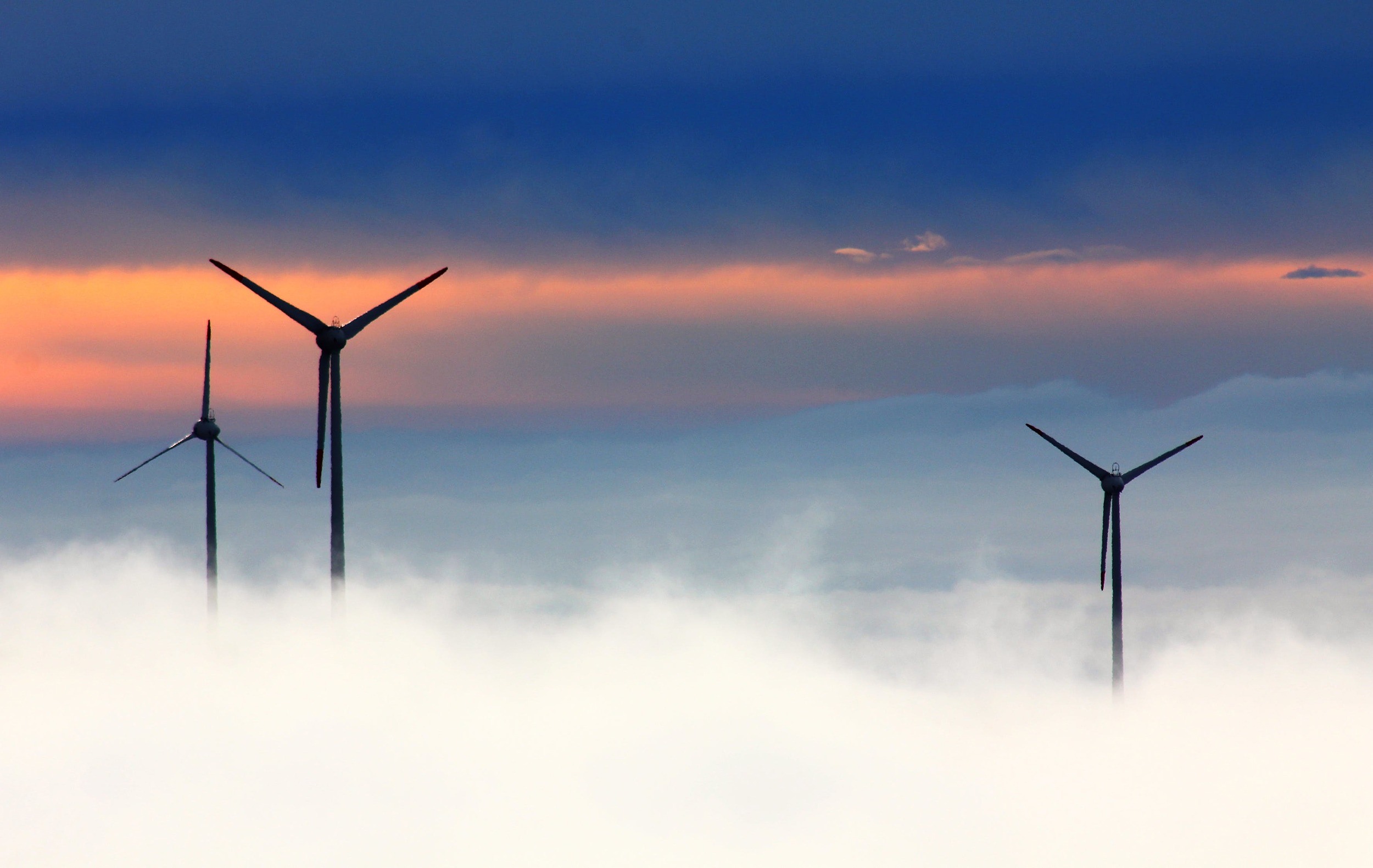It’s globally acknowledged that a transition to green energy is essential if we are to win the fight against climate change. The energy sector currently accounts for two-thirds of global carbon emissions, with more than 80% of the world’s energy supply currently coming from non-renewable sources such as coal, oil, and gas1. In the United States, the increasingly dire effects of global warming are bringing more Americans in line with much of the rest of the world in making carbon emissions reduction a top policy priority. As a result, utilities in many states now face mandates to move to 100 percent renewable energy or cut carbon to zero by 2050, or even 2035 under President-elects Biden’s plans. Other states are likely to face similar mandates soon. Utilities need to make robust plans to meet their targets. We take a look at why the first step of their strategy should be a sustainable energy efficiency program and how behavioral science can help them achieve their goals.
Most experts agree that if the United States’ aim is to be on a 1.5°C pathway, it must achieve a net-zero carbon profile by around 2050 – going negative thereafter2. They also agree that electrification of end-use services in the transportation, buildings, and industrial sectors is essential, as these account for 46% of total CO2 emissions in the United States3, and that electrification combined with the decarbonization of electricity generation is the key pathway to achieve a low-carbon future in the United States.
The electrification of everything
The residential and commercial buildings sector is already highly electrified, but space heating, water heating, and cooking currently account for the large majority of fossil fuel use in buildings. Under the electrification scenario, space and water heating demands could be met with electric air and ground source heat pump technologies, and electric or induction stovetops could replace traditional gas stoves.
By lowering the carbon intensity of electricity generation and substituting electricity for higher-emissions fossil fuels, significant reductions in carbon dioxide emissions can be accomplished. But as demand to “electrify” everything grows, until true decarbonization is achieved, the carbon footprint associated with electrification will increase. That’s why the first step in a combined decarbonization and electrification journey for any U.S. utility, should be to encourage customers to sustain energy savings. This will simultaneously reduce current carbon-intensive electricity generation, whilst decreasing household electricity bills.
Energy efficiency programs
A behavioral science-based customer engagement program provides utilities with a better understanding of their customers, enabling them to target them with appropriate messages. These can be educational messages to promote electrification and convert customers to electric products and appliances, or to promote products and services that will make homes more energy efficient, such as insulation, air sealing, and upgrades to HVAC units. They can also include personalized motivational messages to nudge people to make behavioral changes that will reduce their energy consumption.
Interventions that encourage the adoption of energy-saving technology and behaviors are proven to be highly cost-effective. A report prepared for the Department of Energy and U.S. Environmental Protection Agency, which marks the most comprehensive effort to date to quantify the cost of saving electricity through efficiency programs reveals the estimated cost of behavioral feedback programs is $0.028/kWh of electricity saved – if assumed program lifetime of three years4.
In its The Future of Electricity report, the World Economic Forum finds that Energy Efficiency programs are worth pursuing because they are often the lowest cost way to meet resource needs. “Avoiding a kilowatt-hour of demand is typically cheaper than supplying that demand by any other available resource. With an average price of about 2 to 3 cents per kWh including participant costs, energy efficiency is a cost-effective resource and is significantly less expensive than investing in additional generation. The IEA estimates that every dollar spent on energy efficiency avoids more than $2 in supply investments.”
Conclusion
Decarbonizing the electricity supply is going to take time. So while utilities in the U.S. begin to push their electrification agendas, attention must be paid to helping customers reduce their energy consumption overall. Investment in a customer engagement program as part of a wider energy efficiency strategy is an essential first step. Talk to us today to learn more about our behavioral science-based customer engagement programs – we’d love to hear from you.
Sources
1 https://www.weforum.org/agenda/2020/04/can-electricity-decarbonize-the-energy-sector/
2 https://assets.aspeninstitute.org/content/uploads/2019/07/2019-Energy-REPORT.2.pdf
3 https://www.nrel.gov/docs/fy17osti/68214.pdf
4 https://eta-publications.lbl.gov/sites/default/files/cose_final_report_20200429.pdf
